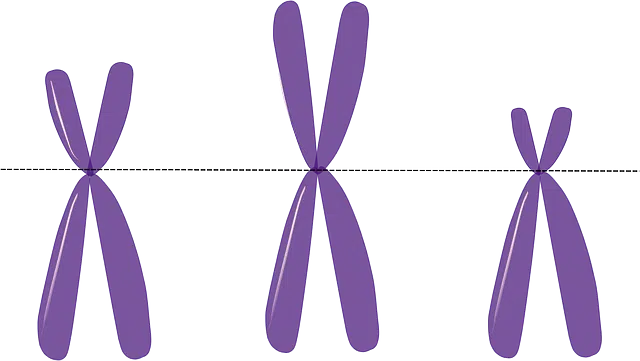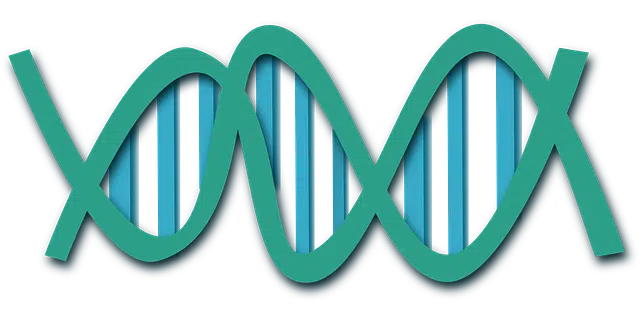
A chromosome is a condensed structure of deoxyribonucleic acid.
A chromosome is a condensed structure of DNA (deoxyribonucleic acid) present in cells that appears in constant numbers in each plant or animal species. Much of the genetic information is stored in chromosomes.
The shape of the chromosomes varies according to the cell stage. While in interphase it is impossible to visualize them with an optical microscope, in meiosis or mitosis they acquire the better-known X structure.
Characteristics of a chromosome
The specific appearance of each chromosome is given by the centromere , a region that, when stained, is less stained than the other parts of the structure. The ends of the chromosome, for their part, are called telomeres .
Each chromosome has a particular position of the centromere and a certain length, and for each of them there is another identical chromosome. This means that homologous chromosomes form pairs (there are two identical chromosomes).

In organisms that reproduce sexually, one of the pairs of chromosomes is provided by the father and the other by the mother.
The concept in reproduction
Homologous chromosomes have the same genes located at the same sites (known as loci ). In those organisms that reproduce sexually, one of the pairs of chromosomes is provided by the mother and the other by the father . Thus, each diploid organism has two copies of each gene .
In the case of humans , the constant number of chromosomes of the species is 46 , since each individual has 23 pairs of homologous chromosomes . Of these 23 pairs, 22 correspond to somatic chromosomes and the remainder to sexual chromosomes ( XX in women and XY in men).
When an alteration of these constants occurs, a genetic disorder is generated. Down syndrome , for example, develops when there is an extra copy of chromosome 21 : in that case, there are three chromosomes instead of two.
Chromosome abnormalities
The so-called chromosomal diseases arise from abnormalities in the chromosomes, with alterations in the number of sex chromosomes being the most common of all. The symptoms and consequences of these disorders are very serious, as they usually cause miscarriages, mental retardation and congenital malformations.
Broadly speaking, it is possible to group chromosome anomalies into two large groups: those of number and those of structure.
Number disorders
During sexual reproduction, the father and mother each provide 23 chromosomes that join together and give rise to the 46 that we must have in our genetic material to enjoy good health and undergo adequate development. Depending on the point in gestation at which the anomaly occurs, the characteristics are different.
If the abnormalities take place during meiotic division or fertilization, then they are called homogeneous . This division is also known as meiosis and is the process by which gametes are created; If something out of the ordinary occurs at this time, then the abnormality will affect the rest of the cells in the zygote during fertilization .
Problems in the structure of chromosomes
This type of anomaly occurs less frequently than those of number; However, given that they can go unnoticed due to a lack of symptoms or visible effects, the percentage of the population that it affects is not known with great precision.
One of the most common forms of structural abnormality is deletion , which consists of part of the chromosome material being lost, something that is associated with Wolf-Hirschhorn syndrome and cat meowing syndrome.
Translocations , on the other hand, are the exchange of genetic material that takes place between two or more chromosomes. Inversions are alterations that harm a chromosome when it suffers a break and its arms are inverted; It is pericentral if a fragment that includes the centromere is inverted, and paracentral in the opposite case.
